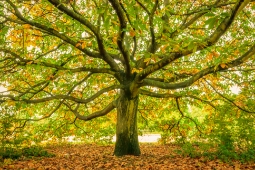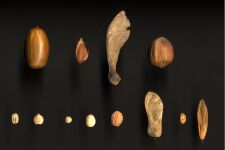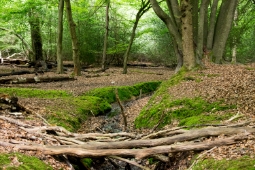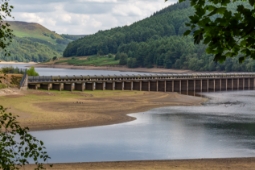Leyland cypress (LEC)
Leyland cypress is a hybrid between Cupressus macrocarpa and Cupressus nootkatensis. It is believed to have originated at Leighton Hall, Welshpool, from cones collected in 1888. There are many clones which have been widely used in horticulture and garden settings.
The timber is naturally durable and valuable, but its stem form makes utilisation very difficult. For this reason, Leyland cypress has historically had little place in British forestry. It is being planted on a limited scale for forest diversification and has survived and grown well on a wide range of sites. Future use of this tree could expand if climate warming progresses as predicted, particularly in western Britain and elsewhere with adequate soil moisture.
Leyland cypress is categorised as a Secondary tree species. These are species that have demonstrated positive silvicultural characteristics in trial plots but gaps in knowledge constrain wider use. The species are being actively evaluated to increase understanding and inform future deployment.
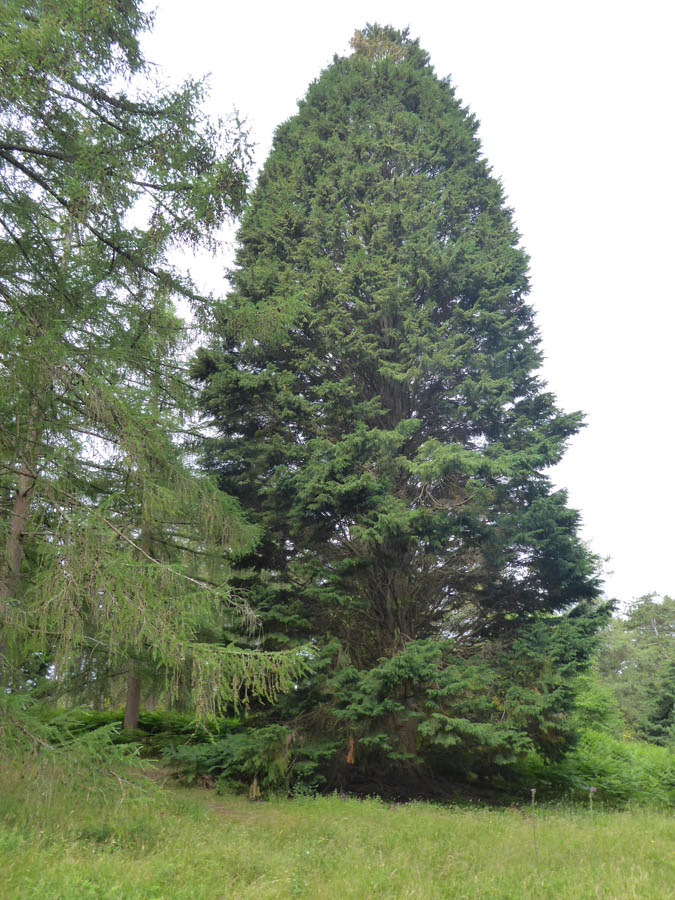
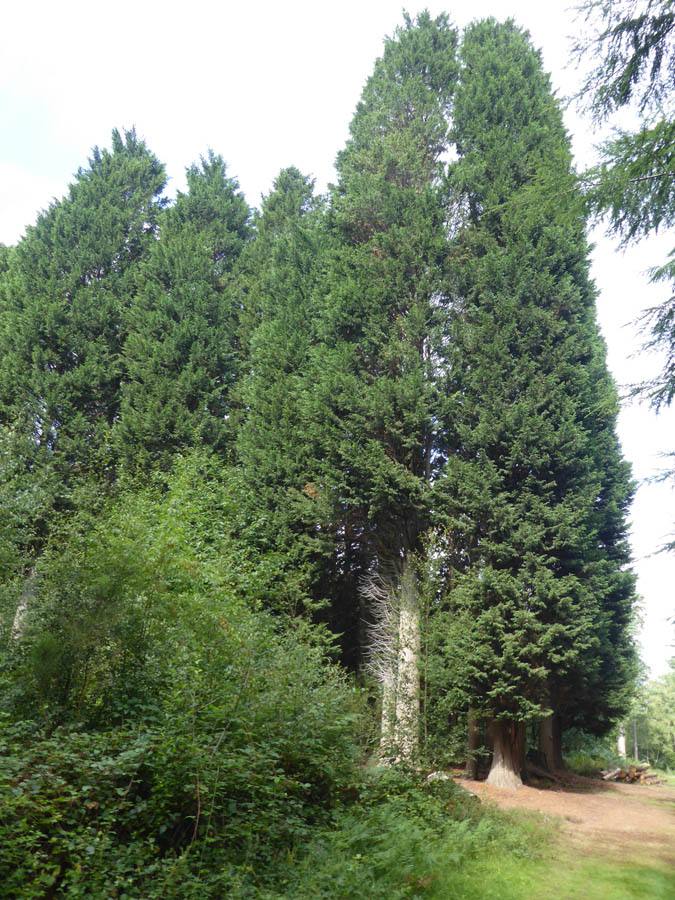
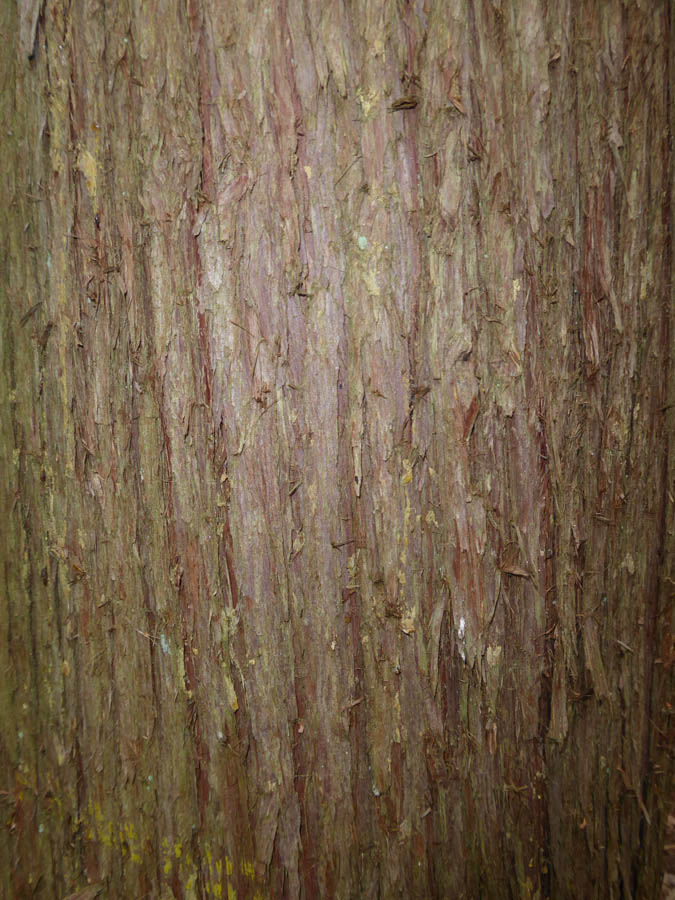
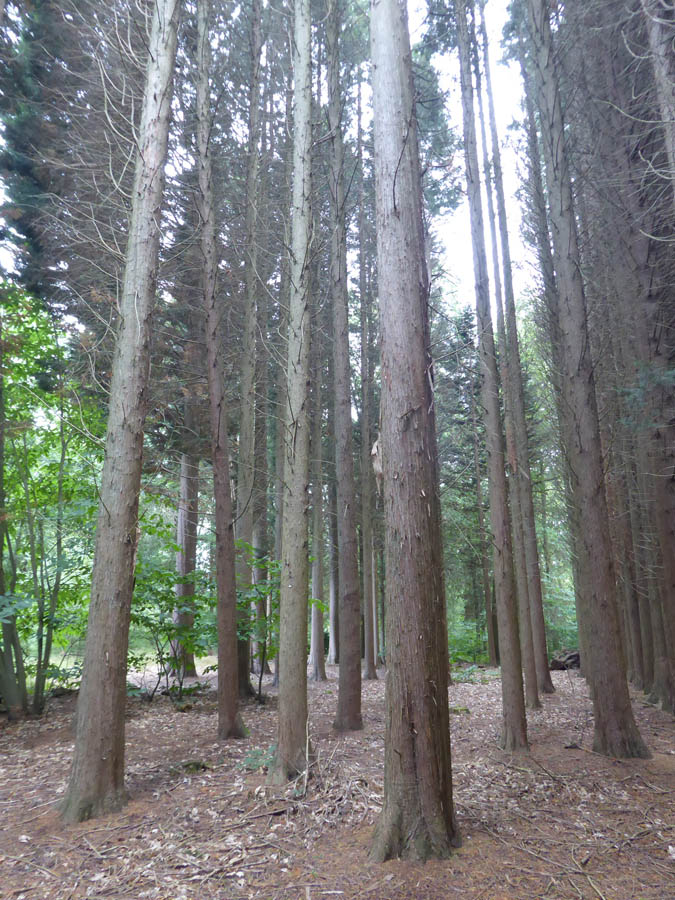
Range
Leyland cypress has no natural range as it is a hybrid between Monterey and Nootka cypresses. A native to the British Isles where it first arose.
Provenance Choice
There are a number of clones used in horticulture, particularly for hedging. The clone ‘Leighton Green’ has been the most widely used in forestry trials in Britain.
Key Properties
Site Requirements
Leyland cypress is cold hardy throughout Britain, is not frost sensitive and shows very rapid early growth on a wide range of soils of poor to medium fertility. It is not suited to peats or soils of very poor nutrient status but appears to grow on alkaline soils. It can tolerate urban pollution and salt spray. The rapid early growth and moderate tolerance of exposure explains its popularity for hedging, but it is not suited to exposed, where it is also prone to snow breakage. It is probably best suited to more sheltered sites in western and southern Britain with >800 mm annual rainfall.
Further detail on the site requirements of Leyland cypress in current and future climates can be examined using the Forest Research Ecological Site Classification Decision Support System (ESC).
ECOLOGICAL SITE CLASSIFICATION TOOL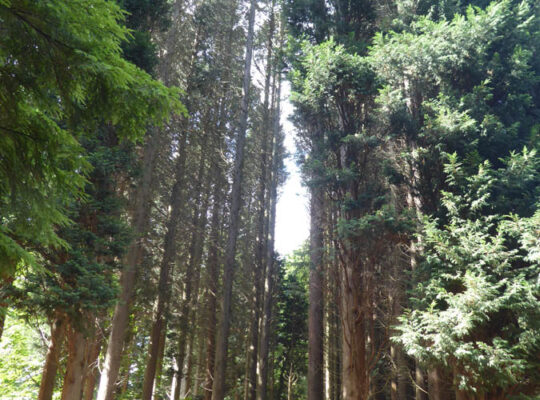
Silviculture
Leyland cypress exhibits hybrid vigour and combines the fast growth of Monterey cypress with the site tolerance of Nootka cypress resulting in rapid development and impressive adaptability to a wide range of growing conditions. Research suggests a yield class up to 24 is possible on suitable sites.
The propagation of Leyland cypress is entirely vegetative, and plants are therefore relatively expensive and being clonal there is the added risk of the potential failure through disease or environmental events. Vegetative propagation can also result in a poor root:shoot ratio with a tall whippy plant and relatively small root. This can result in the plant collapsing after planting which may require some support for individual plants.
Leyland cypress is a light-demanding species. It has not been widely used in plantations, and consequently there is little experience with it as a forest tree. For timber production close planting and early selective thinning is suggested and keeping the trees ‘tight’ appears to help the tree self-prune and result in a straight clean stem. In most situations the production of high-quality timber will require pruning.
Pests and Pathogens
Seiridium canker (Coryneum cardinale) causes scattered twig and branch death on affected trees. Cypress aphid (Cinara cupressivora) also causes similar symptoms of foliage browning, although the causal agent is very different.
Leyland cypress is also considered highly susceptible to Armillaria root rot (honey fungus); Heterobasidion annosum (conifer root and butt rot) and Phytophthora root rot (particularly P. cinnamomi). Infection by either pathogen can lead to severe dieback or death.
See our other tools and resources
Further Resources
External
In addition to the general sources of information for species the following are useful for Leyland cypress.
Hamilton, L. (2000) Cypress for farm forestry. Agriculture notes: AG0806, State of Victoria, Department of Primary Industries, Australia.
Reynolds, C., Kerr, G. and Forster, J. (2022) Alternatives to Corsican pine: evidence and experience from a long-term experiment in Thetford Forest. Quarterly Journal of Forestry 116: 26-33.
Wilson, Scott McG. (2011) Using alternative conifers for productive forestry in Scotland. Forestry Commission Scotland, Edinburgh.

